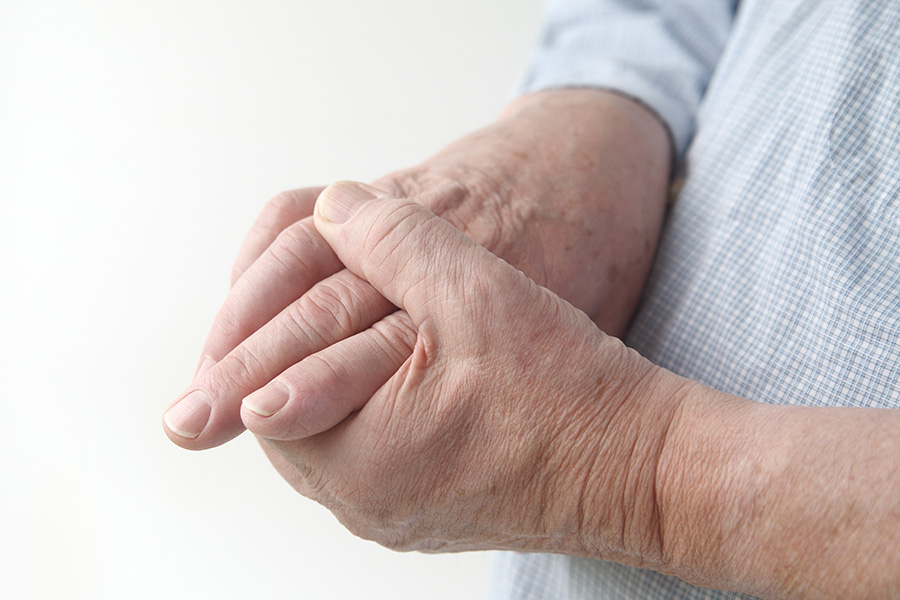"The Disease of Kings"

Gout is strongly impacted by what you eat. Foods like steak, seafood, beer, wine, sweetbreads, and baked goods made with white flour are the prime culprits—and for many years, only the extremely wealthy could afford such a rich, decadent diet. Thus, gout was eventually nicknamed "the disease of kings." Despite this moniker, gout is actually on the rise among poorer populations, due to the low cost and easy access we now have to foods that cause the disease.
Gout Causes
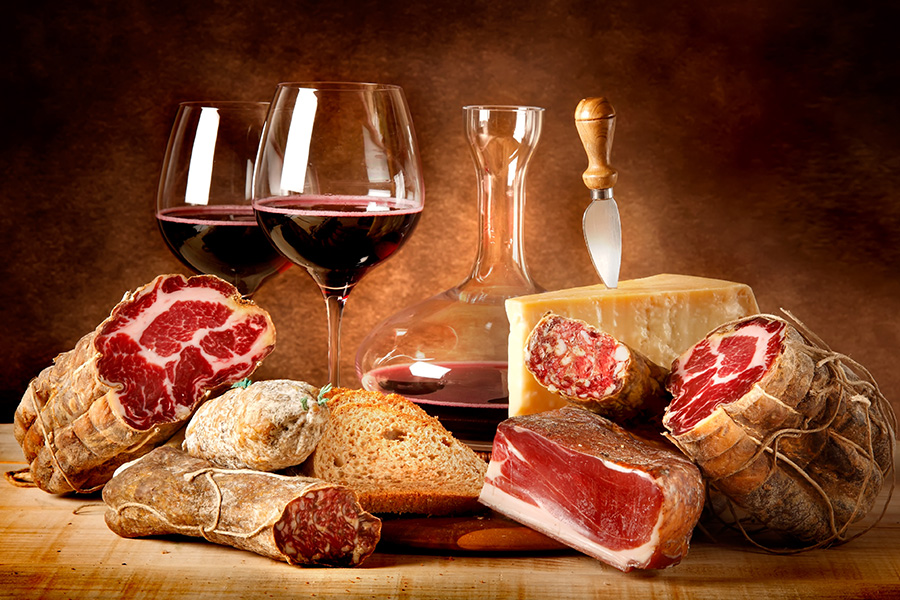
The cause of gout is a little more complicated than just eating rich foods, though. These rich foods are high in purines—an organic compound that increases uric acid levels in the blood. And uric acid is the actual physiological cause for gout. Too much of it builds up and begins to crystallize in the joints, leading to the painful symptoms of the disease.
Gout Symptoms
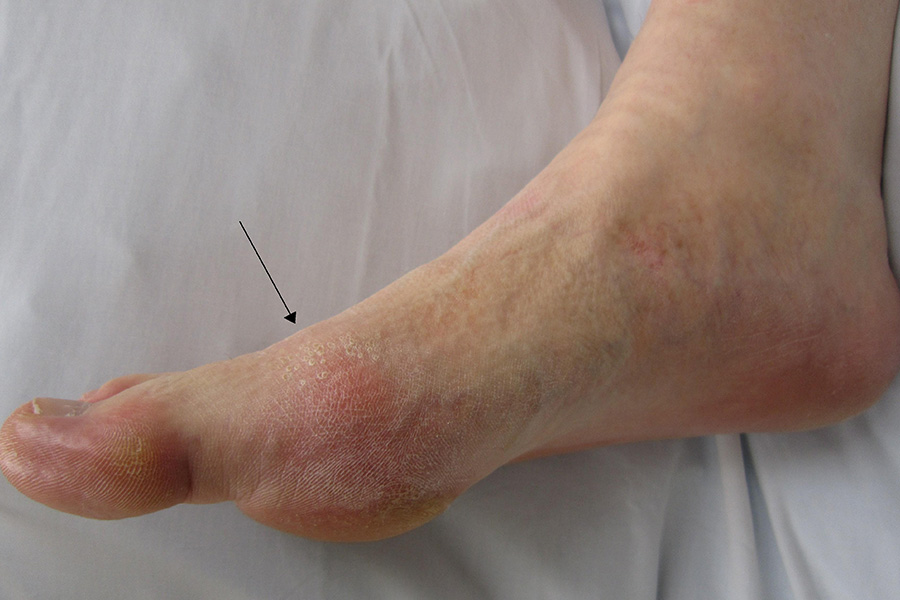
The characteristic first symptom of gout is a sharp pain in the joint of the big toe. The initial onset is the most painful—some patients have compared it to passing kidney stones or childbirth. However, this generally subsides into milder, longer-lasting pain. In addition to this, the big toe and surrounding tissue may become hot to the touch. This is actually a good thing, though, as it indicates the body's white blood cells are attempting to rid the joint of its urate crystals.
As the disease progresses, urate crystals can continue to build up in multiple joints around the body. Gout attacks may last days or weeks.
Recurrent Gout
Advanced Gout
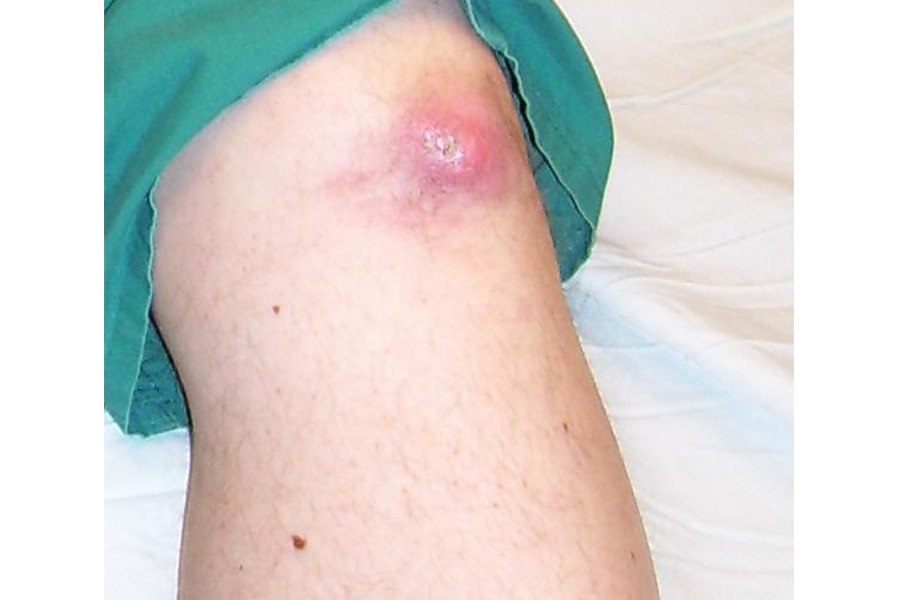
Advanced gout may develop if the condition is left untreated. The urate crystals build up to such an extent as to form “tophi.” Tophi are are collections of urate crystals that are visible under the skin, particularly on the arms or ankles. Although they are not usually painful, they can be when gout becomes active. In many cases, tophi must be removed surgically.
Gout and Kidney Stones
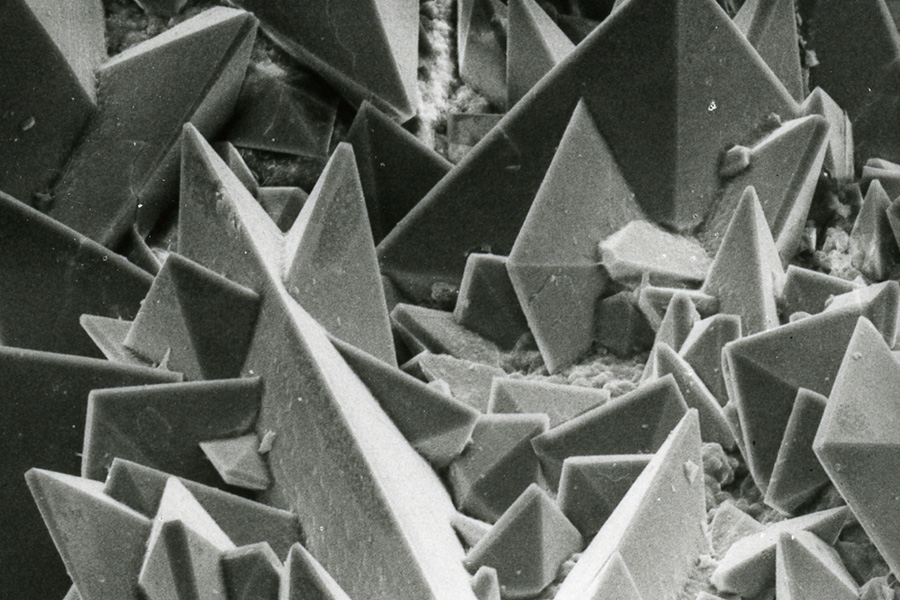
A buildup of uric acid can also lead to urate crystals in the kidneys. Hyperuricemia, or high levels of uric acid, that lasts for too long may lead to kidney stones. Kidney stones are extremely painful; smaller ones may pass through the urinary tract, while larger ones may require surgery or ultrasound technology to remove them. Eventually, lasting damage can occur to the kidneys, even resulting in kidney failure.
Diagnosing Gout
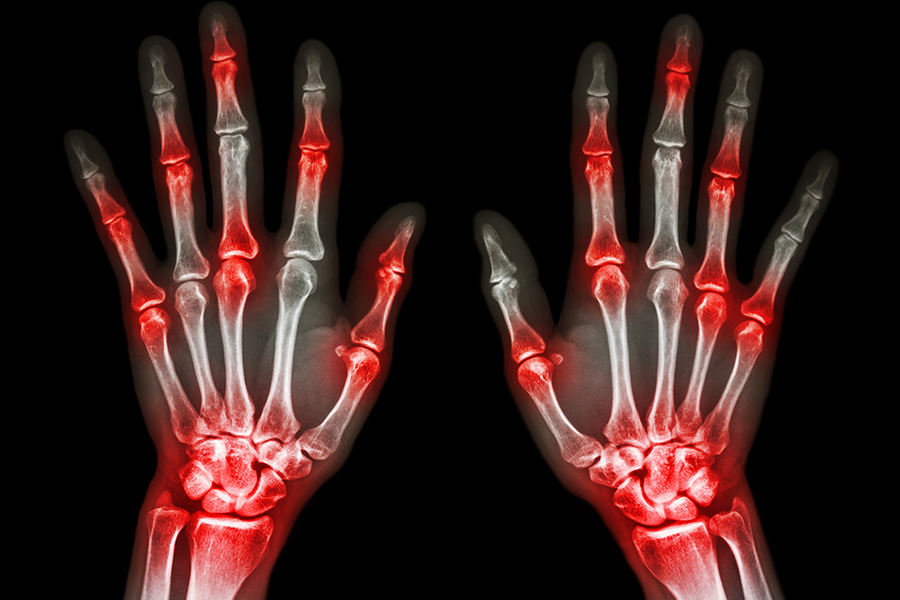
Diagnosing gout can be done through blood tests to check uric acid levels. However, this isn’t always sufficient, as high uric acid levels aren’t always to blame. In some cases, uric acid levels are normal but the kidneys are unable to filter it out of the body properly. A joint fluid tests can be used to see if there are urate crystals in the joint, while imaging tests may be necessary to ensure other joint issues are not present.
Gout Treatments

To control the pain associated with gout, you can use a nonsteroidal anti inflammatory (NSAID) to control the inflammation that results. In other instances, colchicine may be better, as it is designed specifically to target gout pain. Corticosteroids may be used for patients in whom neither cholcicine nor NSAIDs are successful.
At-Home Gout Remedies

Although it is important to see a doctor if you suspect you have gout, there are a few things that can be done from home to try to alleviate symptoms. It’s important to keep your body at a healthy weight to promote the proper removal of uric acid from the blood. Additionally, staying hydrated will also keep your body in better condition and make it easier for waste to be processed. During gout attacks, take it easy on your body and favor the affected joints rather than trying to work through the pain. Soaking in epsom salt baths may also provide some relief.
Designing a Gout Diet

By and large, the most effective method for controlling and preventing gout seems to be through diet. The goal is to avoid high purine foods, which will help keep uric acid levels in the blood lower. Additionally, more and more experts are recognizing the importance of eating proactively—choosing foods that actually help gout, rather than avoiding foods that cause it.
Choose lots of fruits and vegetables, whole grains, low-fat dairy products, and find alternate sources of protein in order to avoid the high purine meats. Stick to water and coffee rather than sugary drinks and alcohol, and choose complex carbohydrates that keep you feeling fuller longer.
 Author
Sherrill Dean
Last Updated: August 19, 2025
Author
Sherrill Dean
Last Updated: August 19, 2025
